-

What life was like living as a queer person in the 20th century boston,lifestyle,culture
-
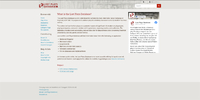
A forum for people to share and contribute information on lost plays in England published 1570-1642.
-
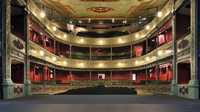
The site explores the beginning of theatrical culture in England. In addition, the site also contains several links to separate segments relating to the main topic. This site is used to inform viewers of this phenomenon in England before Shakespeare's time.
-
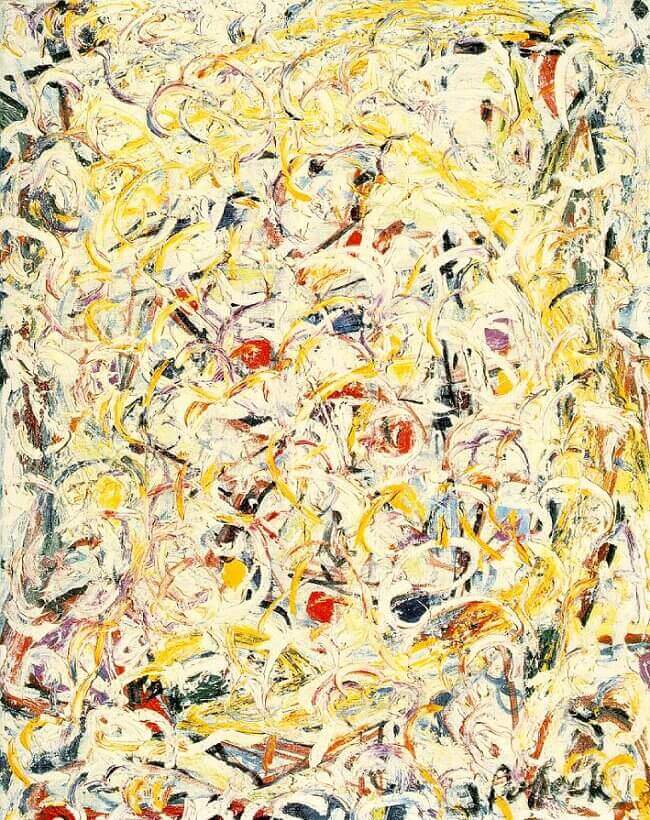
Shimmering Substance glows with the brilliant light of midday sun on a thick meadow. Alive with arcs and orbs of heat-saturated colors, the painting channeled primal forces into radically new artistic expression and was Pollock's next step in coming to terms with the inner turmoil that compelled him to paint.
-

Pollock's freely admitted total retrenchment from traditional methods of oil painting was patently obvious in Lucifer. From the looks of its imagery, Lucifer begun in a similar vein to works of the previous year such as Eyes in the Heat. However, at some point in the process of painting, Pollock laid down his brush and began instead to drip and spatter his pigment, not quite completely covering the underlayer, into which he also embedded small pieces of gravel to increase the texture.
-
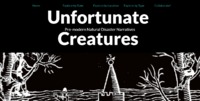
Unfortunate Creatures is a database of natural disasters taking place pre modern history, which allows you to search and explore by date, type, and location.
-
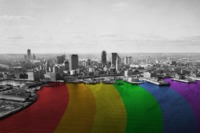
This Archive talks about the diversity of the LGBTQ+ culture that existed in the twentieth century of Boston. It includes articles, newspaper clippings, journal entries, and historical records.
-
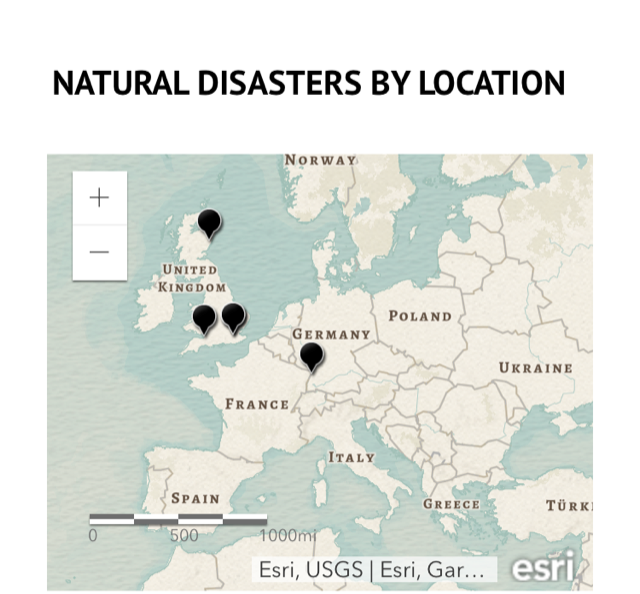
Audience in mind is people interested in European history and or natural disasters from 1200-1700
-
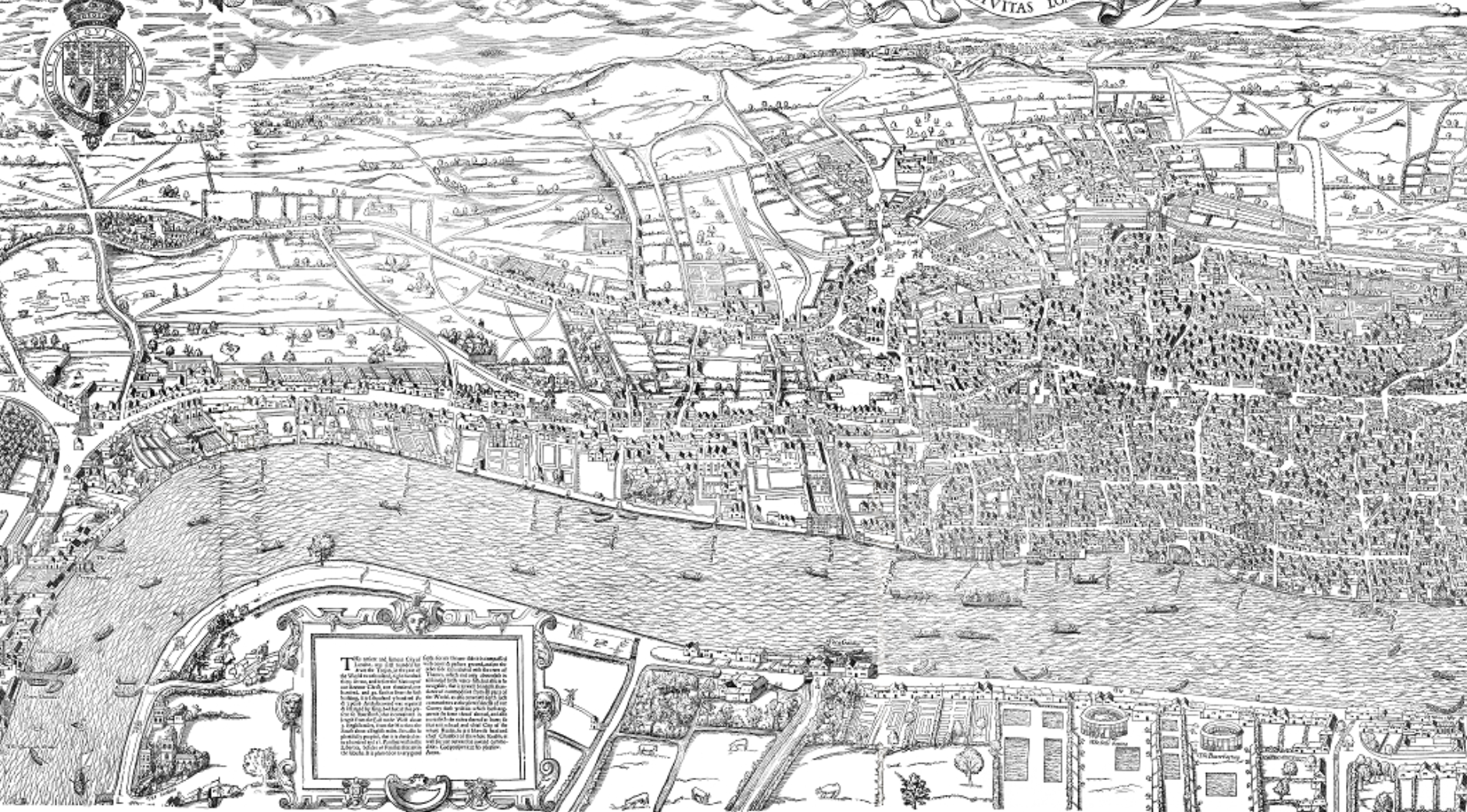
The Map of Early Modern London (MoEML) recreates sixteenth- and seventeenth-century London with all its churches, markets, bookshops, neighborhoods, gates and halls, and it does so with a large and detailed maps combined with primary source materials describing or depicting London at the time.
-
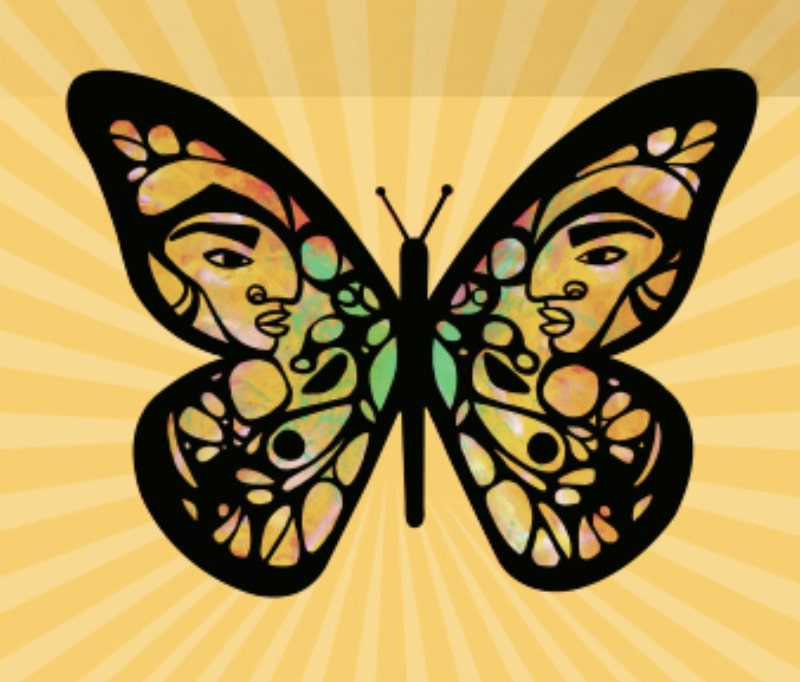
Migration is Beautiful developed from the Mujeres Latina Project. The project started in 2005 at the Iowa’s Women’s Archives to collect and preserve primary source materials about the history of Latinas and their families in Iowa. The University of Iowa graduates, community members, librarians, and archivists conducted over a hundred oral interviews with Iowa Latinas. In addition to donating their personal narratives, many Latino families generously donated letters, memoirs, and photographs that further added detail firsthand accounts to the project.
-
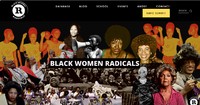
A digital collection consisting of databases, blogs, archives, and projects uplifting Black Womens’ voices and histories. The project expands gender and racial bounds through radical political activism. Created by Black Women Radicals (BWR), which is a black feminist advocate group.
-
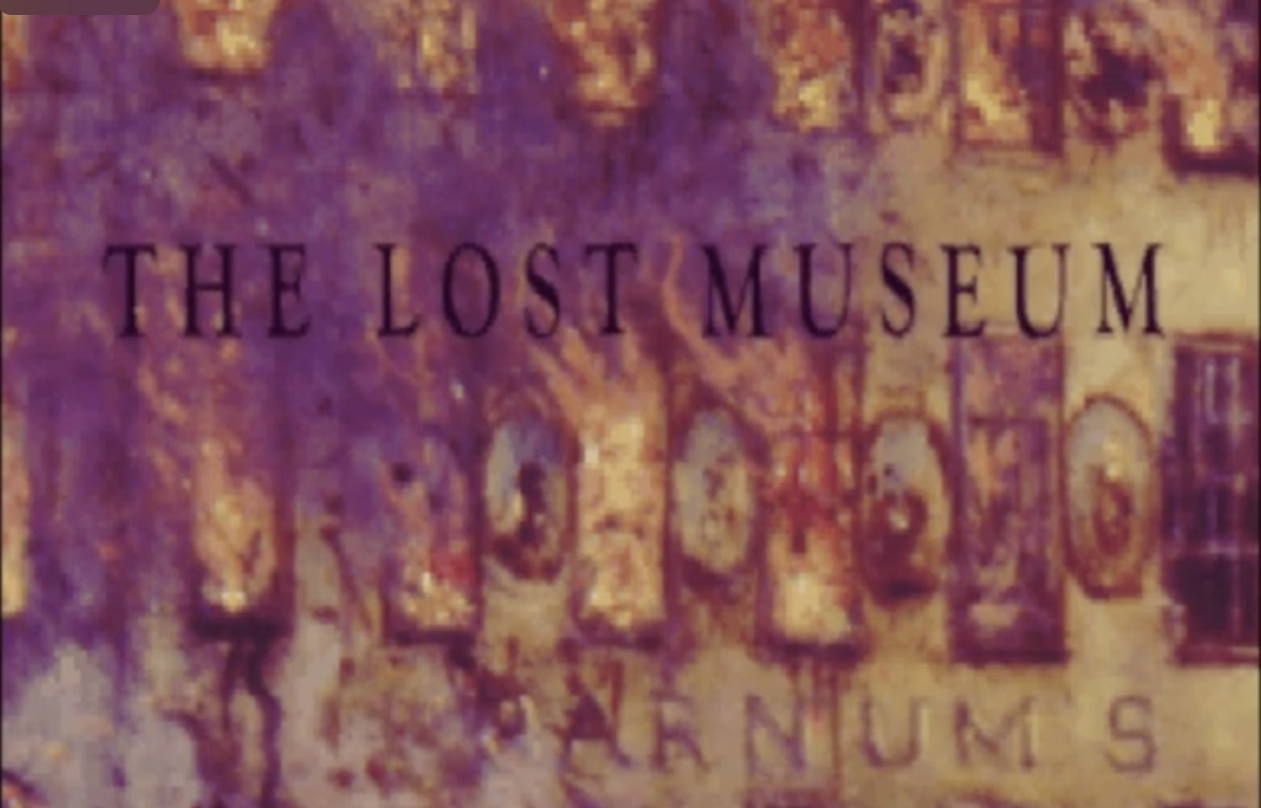
The video explains through descriptive audio and pictures how Barnum's American Museum opened in 1841 in New York City, in no time became the most visited place in America but was destroyed in July 1865. It then shows the effects of this damage through animated pictures, music, and no descriptive audio.
-
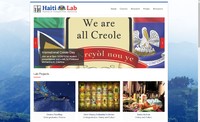
Undergraduate and graduate students work with specialists in Haitian culture, history, and language on projects with Duke University's expertise across disciplines and schools. The Haiti Lab is also a resource for media outlets seeking to gain knowledge of Haiti.
-
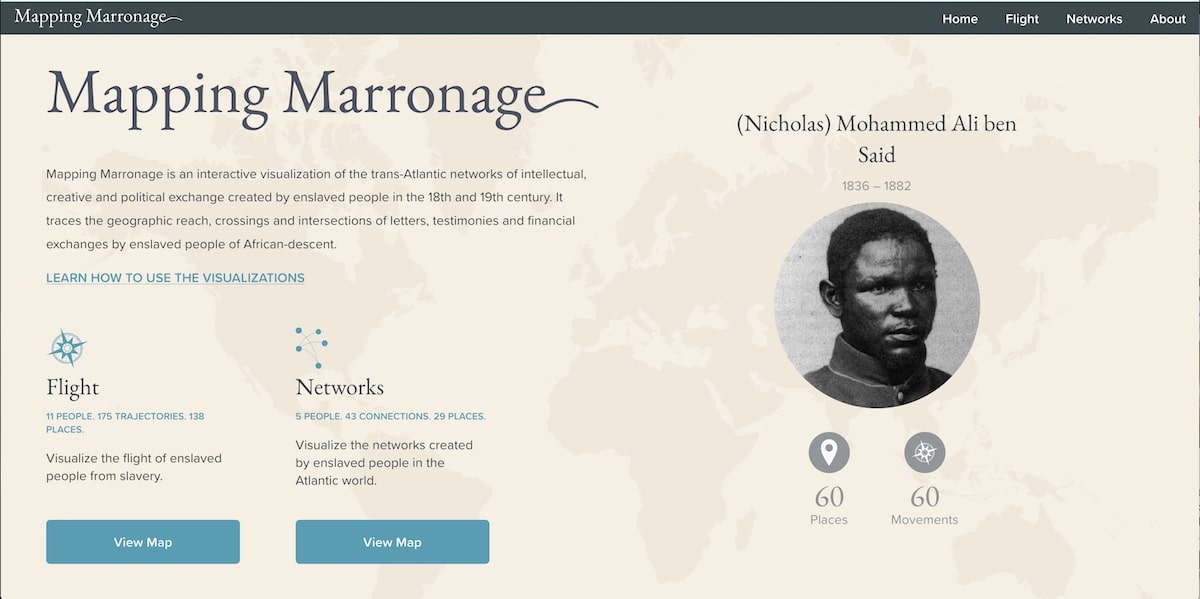
Mapping Marronage provides interactive maps to follow the route of a select number of enslaved African Americans through their movements and connections during the eighteenth and nineteenth centuries. The website provides visuals for “Flights” which depict the route one took to escape enslavement, and “Networks” which provide archived data on the connections these individuals made via letters, files and records, and other logged information.
-
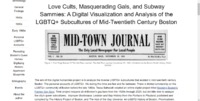
An interactive source that details the experiences and perception of LGBTQ+ individuals in the Boston Newspaper in the mid-twentieth century.
-
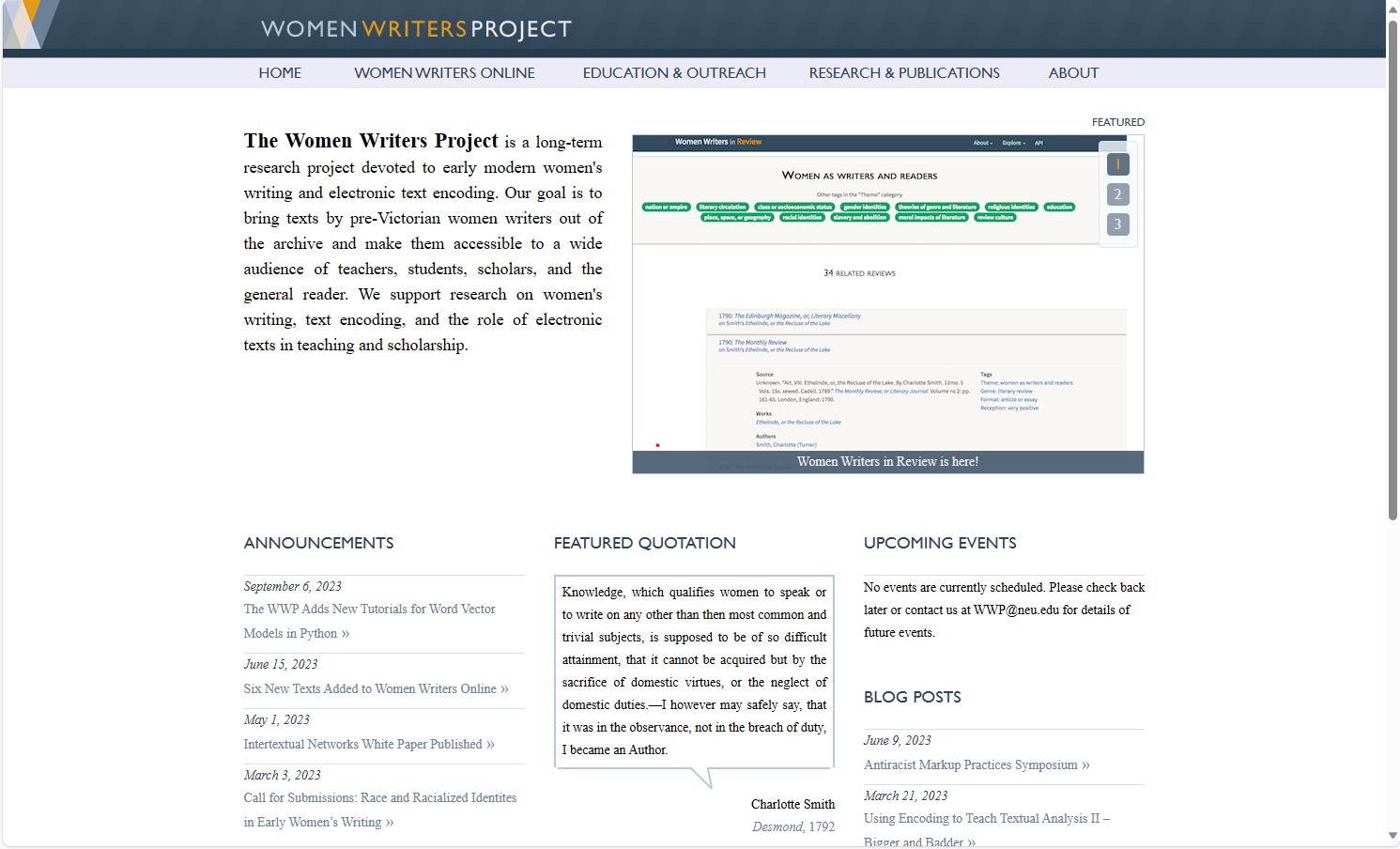
The goal of the Women Writers Project is to revisit pre-Victorian texts, written by women. The research project dedicates itself to text encoding, accessibility to a variety of audiences, and electronic texts.
-
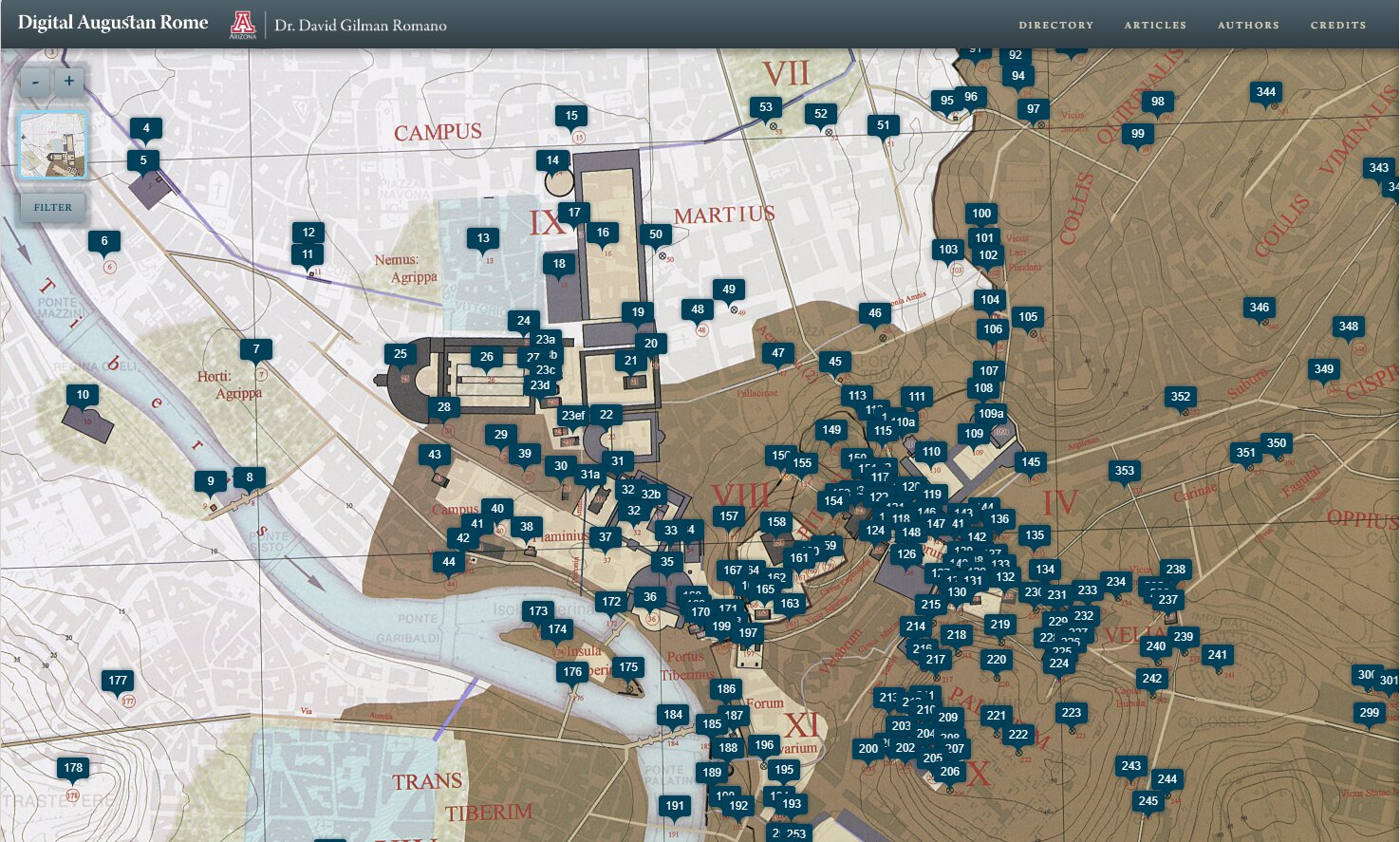
It is a digital interactive map of Augustan Rome, when you click on certain highlighted spots on the map, you can access information about the location during A.D. 14. There are a few articles about the time period and a directory that can be used for easier access to a specific location. There's also an option to filter by physical feature types.
Description - It is a digital interactive map of Augustan Rome, when you click on certain highlighted spots on the map, you can access information about the location during A.D. 14. There are a few articles about the time period and a directory that can be used for easier access to a specific location.
-
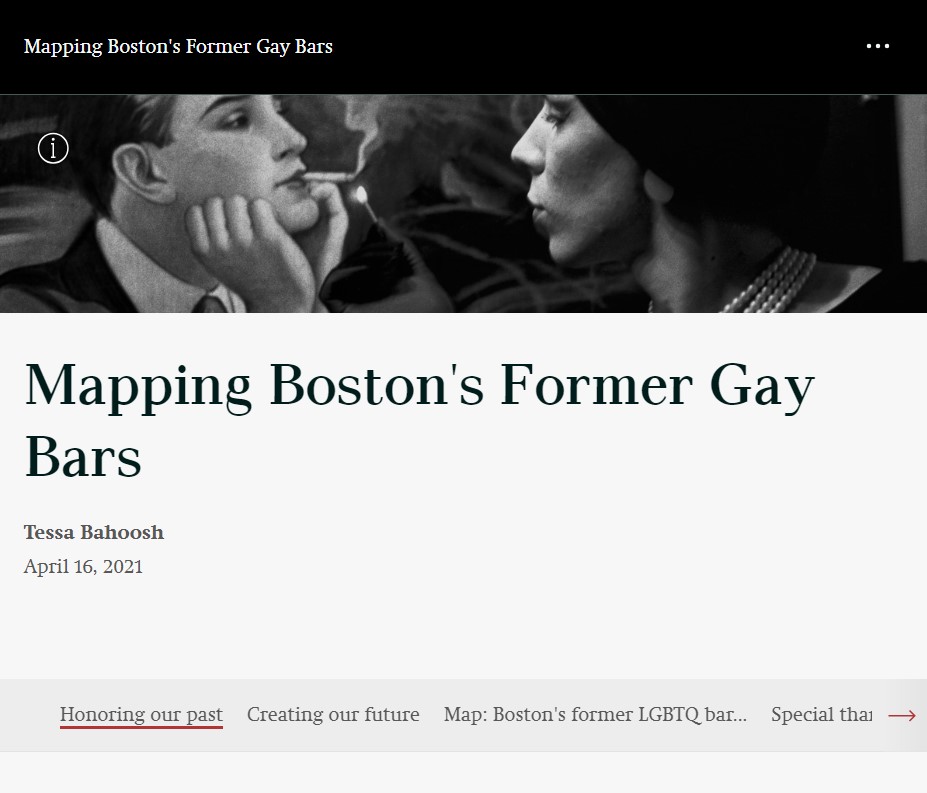
This project maps LGBTQ bars and clubs from the 1920s to the 2020s. It features an interactive map of Boston with information of each location displayed after clicking on each pin.
-
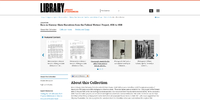
A collective archive of first-person accounts of slavery with 500 photographs of former slaves collected from the 1930's.
-

Largest collection of Mexican Cookbooks
For digitized Mexican cookbooks, visit Digital Collections.
-
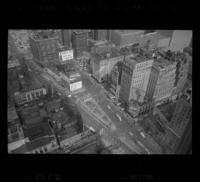
Aerial View of Times square taken circa 1944
Taken 1 negative : film, black & white ; 35 mm
-
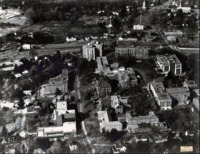
A bird's eye view of Framingham State University in 1976
-
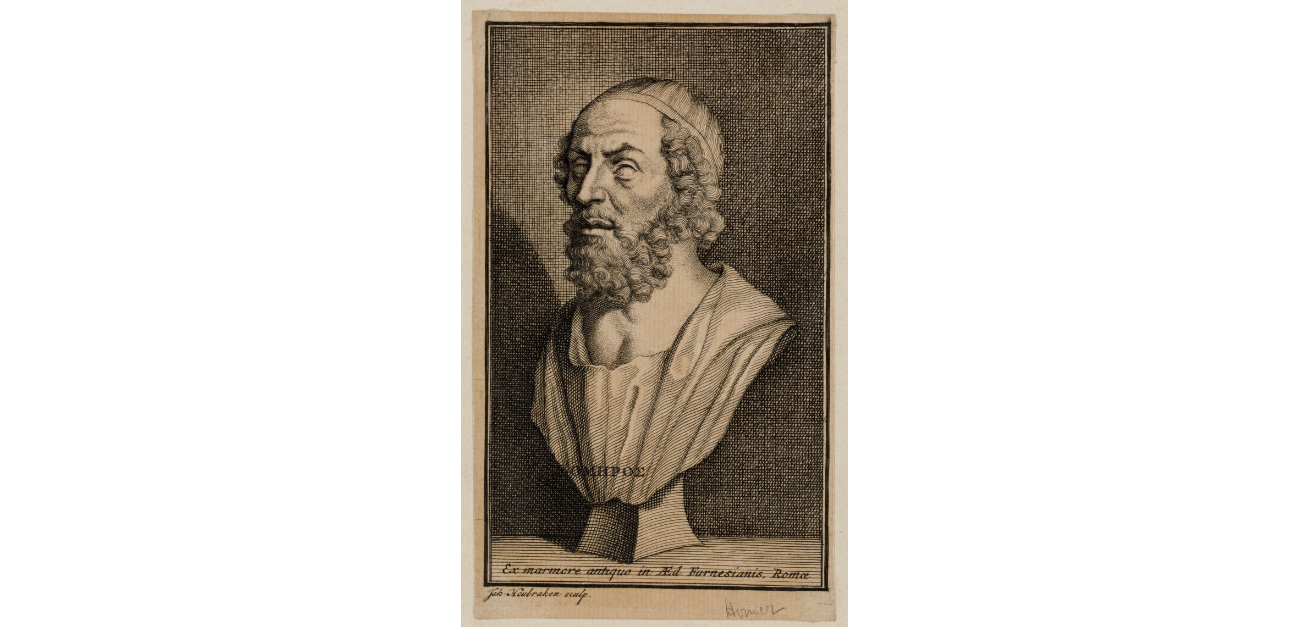
This item here is an illustration of a bust of Homer, famous Greek poet. It displays him with his iconic curly facial hair, a lose covering, and cap. The drawing is done in great detail with what appears to be pencil or pen. - Justice Barriere
-
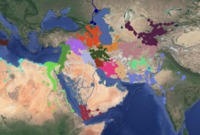
An interactive map displaying the state of the 9-10th century of middle eastern countries and the geospatial model of the early Islamic world.
Users can follow the map toward locations of significance along with searching for keywords, locations, and dates in both English and Arabic.
-
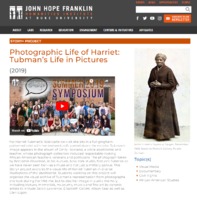
The project explores the visual life of Harriet Tubman in diverse illustrations. The students that created the project organized a visual archive of Tubman's representation, from photographs she took and her image in public memory.
























